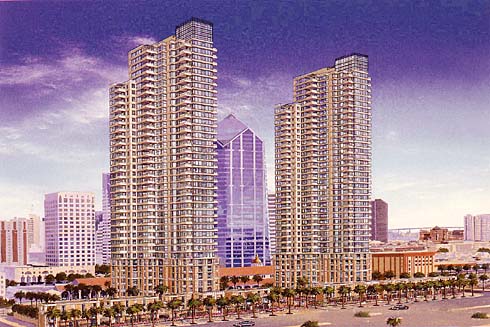OBSOLESCENCE
Understanding Obsolescence in Real Estate
In the realm of real estate, the concept of obsolescence serves as a critical determinant of property value, reflecting the dynamic interplay between changing trends, technological advancements, and environmental factors. As a multifaceted phenomenon, obsolescence encompasses a spectrum of influences that can significantly impact the utility and desirability of a property, ultimately shaping its market value and long-term viability.
Factors Contributing to Obsolescence
Technological Advancements
The rapid evolution of technology can render existing infrastructures, designs, and amenities obsolete, compelling real estate stakeholders to adapt to emerging standards and integrate modern conveniences to remain competitive in the market.
Shifting Demographics and Behavior Patterns
Changes in population demographics, lifestyle preferences, and consumer behavior can precipitate shifts in the demand for certain types of properties, potentially rendering others obsolete in terms of their appeal and functionality.
Environmental Considerations
Environmental changes and sustainability concerns can prompt a reevaluation of property attributes, with a growing emphasis on eco-friendly features, energy efficiency, and resilience against natural hazards.
Categories of Obsolescence
Categories of Obsolescence
Functional Obsolescence
This form of obsolescence arises from deficiencies in the functionality or design of a property, often attributed to outdated layouts, inadequate amenities, or impractical spatial configurations.
Economic Obsolescence
Economic factors, such as changes in the surrounding neighborhood, zoning regulations, or infrastructure developments, can trigger economic obsolescence, impacting the property's value in relation to its surroundings.
Physical Obsolescence
Physical deterioration and wear-and-tear contribute to physical obsolescence, necessitating maintenance, renovations, or upgrades to mitigate the impact on the property's value and appeal.
Mitigating Obsolescence in Real Estate
Adaptive Reuse and Redevelopment
Converting obsolete properties for alternative uses or redeveloping them to align with current market demands can breathe new life into underutilized assets, mitigating obsolescence and revitalizing their relevance.
Strategic Upgrades and Renovations
Proactive investments in renovations, technological integrations, and sustainability enhancements can enhance a property's resilience against obsolescence, ensuring its alignment with contemporary standards and preferences.
Market Research and Forecasting
Thorough market research and trend analysis enable real estate stakeholders to anticipate and respond to changing patterns, preferences, and technological advancements, proactively addressing potential obsolescence factors.
Conclusion
In the ever-evolving landscape of real estate, understanding and navigating the intricacies of obsolescence is pivotal to informed decision-making, asset management, and strategic investments. By recognizing the multifaceted nature of obsolescence, real estate professionals and property owners can proactively adapt to emerging trends, technological shifts, and environmental imperatives, safeguarding the long-term value and relevance of their assets.
Embracing innovation, sustainability, and responsive strategies, real estate stakeholders can effectively mitigate obsolescence, harnessing the transformative potential of adaptive reuse, strategic upgrades, and forward-looking market insights to ensure the enduring appeal and functionality of their properties amidst an ever-changing real estate milieu.
MORE REAL ESTATE TERMS
A, B, C, D, E, F, G, H, I, J, K, L, M, N, O, P, Q, R, S, T, U, V, W, X, Y, Z
Featured New Home

Featured Mortgage Brokers
- VENTA FINANCIAL GROUP INC, LAS VEGAS, NV
1300 S JONES BLVD STE 150
LAS VEGAS, NV 89146 - Ross Mortgage Corporation, mortgage broker in Royal Oak, MI
27862 Woodward Avenue
Royal Oak, MI 48067 - Consolidated Loan Company of Albany- Home Office, mortgage broker in Albany, GA
430 W Tift Ave
Albany, GA 31701 - CATALYST LENDING INC, GREENWOOD VILLAGE, CO
6530 S YOSEMITE ST STE 310
GREENWOOD VILLAGE, CO 80111 - GENERATION MORTGAGE COMPANY, HILO, HI
1257 KILAUEA AVE STE 30
HILO, HI 96720